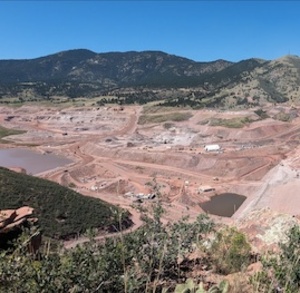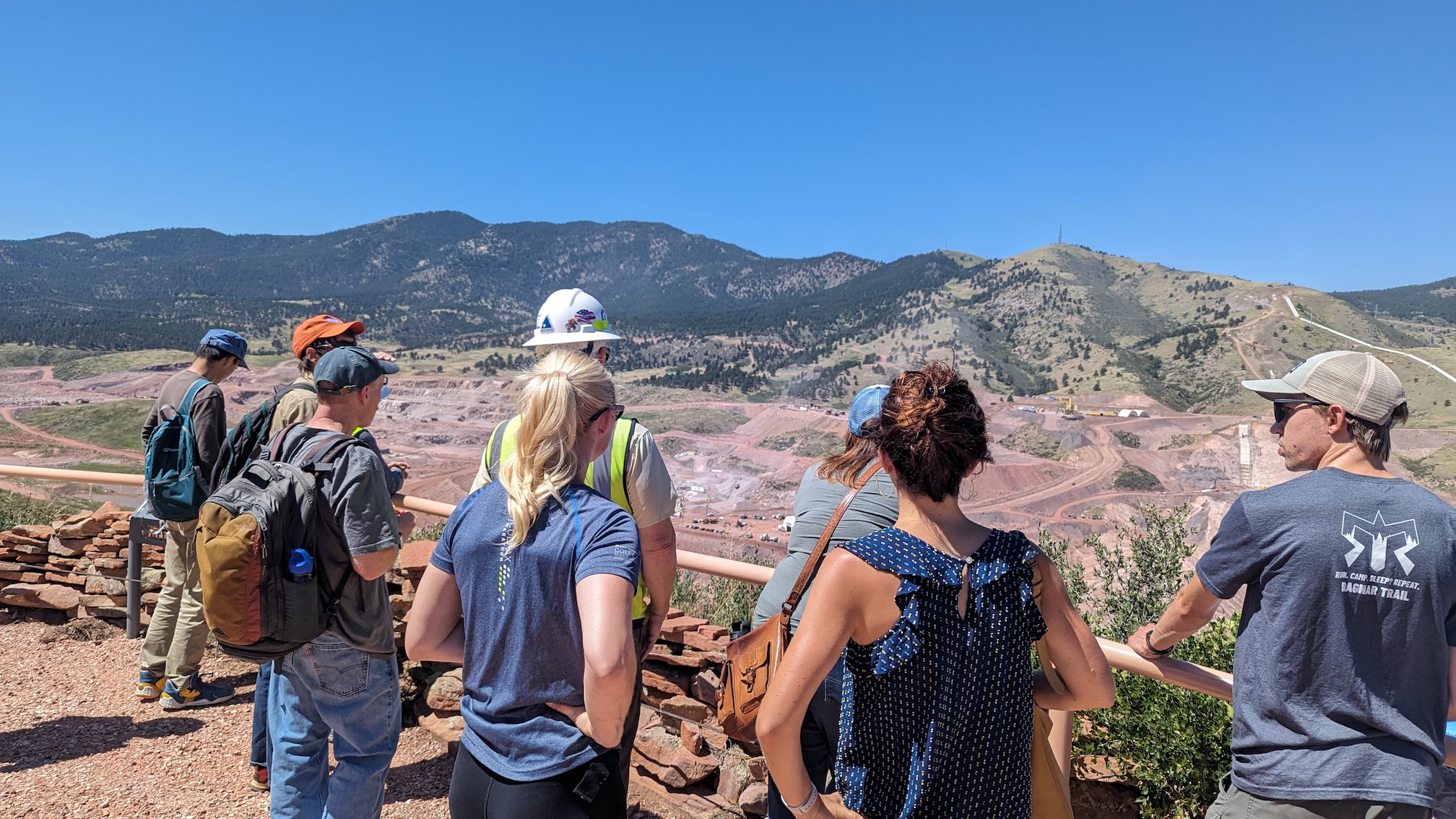Modernizing NOAA's precipitation guidance for U.S. dams in a changing climate


Caption: Scientists from the NOAA Physical Sciences Laboratory and the NOAA Global Systems Laboratory tour the Chimney Hollow Reservoir site in Colorado.
Dams deliver essential services that support multiple infrastructure sectors and industries in the United States. U.S. dams irrigate at least 10 percent of U.S. cropland, help protect more than 43 percent of the U.S. population from flooding, and generate about 60 percent of electricity in the Pacific Northwest.
The NOAA Physical Sciences Laboratory (PSL), NOAA Global Systems Laboratory (GSL), and Colorado State University's Cooperative Institute for Research in the Atmosphere are researching ways to improve estimates of extreme precipitation impacting dams in order to inform risk assessments. Researchers are also exploring various scientific methods and approaches to generate new datasets to address the nuanced needs of high-hazard infrastructure-focused user communities.
PSL and GSL scientists recently toured Colorado's local dam construction project, Chimney Hollow Reservoir, the largest reservoir ever built in the U.S. this century. Chimney Hollow is part of the Windy Gap Project located in Grand County on Colorado's West Slope. The project consists of a diversion dam on the Colorado River, a 445-acre-foot reservoir, a pump plant, and a six-mile pipeline to Lake Granby. Windy Gap water is pumped and stored in Lake Granby, part of the Colorado-Big Thompson Project before it is delivered to water users. However, Lake Granby is often full during wet cycles, leaving little or no space for Windy Gap water since the Colorado-Big Thompson has more senior water rights. Additional storage was needed, and now work is ongoing to build a new reservoir to store this water and make the Windy Gap water deliveries more reliable.
The tour of the Chimney Hollow project was led by Bill McCormick, the former chief of the Dam Safety Branch of the Colorado Division of Water Resources and the current chair of the Association of State Dam Safety Officials' Extreme Precipitation Investigation Committee. McCormick has been working to advance probable maximum precipitation research on the state and federal levels and about ongoing efforts to develop best practices around these issues.
Overwhelmed spillways and dam breaches have caused devastating impacts worldwide and at home in the U.S. NOAA GSL and PSL research is directed towards accurate estimates of extreme precipitation to save lives and property.
